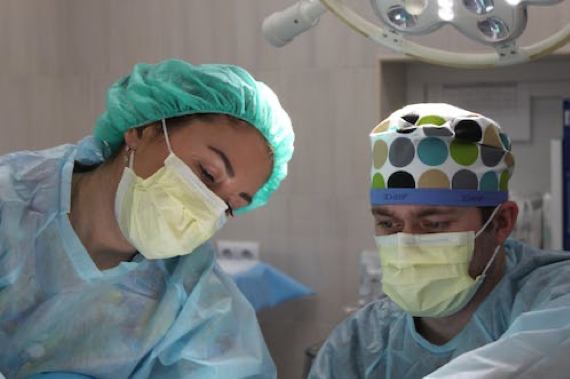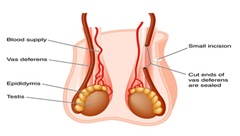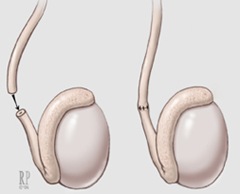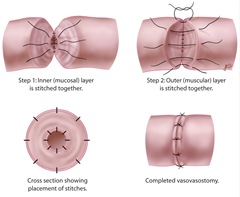Why would you choose a microsurgeon for a vasectomy reversal? Vasectomies remain the most popular form of birth control among men since it allows them to enjoy intercourse without taking other birth control measures. Since it disconnects the sperm from the semen, it is almost impossible for men to impregnate their sexual partners after the procedure.
However, many people who undergo the procedure will often want it reversed for personal reasons. According to a study, of all the men that get a vasectomy, 6% of them want to reverse it for personal reasons.
But unlike a vasectomy, reversal, often also called a vasovasostomy, is a much more complicated process. Therefore, it will often be more expensive, and you will need the right kind of surgeon to help with the procedure.
Most surgeons will also take the help of robots to perform the procedure, which can significantly drive up the cost.
To understand the complicated nature of a vasectomy reversal, it is worth looking into the basic procedure of a vasectomy.
Vasectomy Procedure
A vasectomy is a fairly quick procedure that a urologist or surgeon often performs. Despite being relatively simple, having a surgeon perform it is often the best action. By relying on them, you can significantly reduce the chances of any complications.
Locating the Vas Deferens
The first step of the procedure is locating the Vas Deferens. The Vas Deferens are two very thin tubes that transfer sperm to the sperm during ejaculation. The epididymis, a small sack behind the testicles, stores sperm, making it readily available to transfer to the semen.
During the procedure, the surgeon will sever the vas deferens from the epididymis, ensuring that no sperm can reach the semen.
Ways to Perform a Vasectomy
While the objective of the vasectomy remains the same, how a surgeon decides to go about it can differ. They can perform the surgery by making an incision or poking a hole through the scrotum.
Making an incision means they will cut the scrotum, locate the vas deferens, sever them, and apply stitches. But if the surgeon pokes a hole through the scrotum, then it is likely that they will try to find the vas deferens through the scrotum first, poke a hole through the scrotum, pull the vas deferens through the hold, severing them, and then stitching them.
No procedure is particularly safer or better than the other and usually comes down to personal preference.
Vasectomy Reversal Procedure
The first major distinction between vasectomy and a vasectomy reversal is that there are no two ways of performing the procedure. The surgeon will make an incision to access the vas deferens in the scrotum.
The surgeon will administer local anesthesia and usually complete the procedure in as little as 2 to 3 hours.
The surgery aims to connect the vas deferens again to allow sperm to reach the semen. A vasovasostomy reconnects the vas deferens after the surgeon checks the vas fluid. It contains healthy sperm; then, they will move forward with the procedure.
The vas deferens are very thin tubes that can be difficult to reconnect unless you work with a microsurgeon. They have the technology and the necessary experience to perform the procedure.
Why Choose a Microsurgeon for a Vasectomy Reversal? Conclusion
If you’re looking for an excellent microsurgeon to reverse a vasectomy, consider going to Dr. Larish, who has helped plenty of men reverse their vasectomy. With state of the art technology and years of experience in the field, he has everything necessary to perform a successful procedure. Book an appointment with us if you are considering vasectomy reversal.
Yaniv Larish, MD
4 East 76th Street
New York, NY 10021
(646) 862-5500





